
Mole
Mole
Mole
Moles are animals that dig into the soil and live underground. They are well-known for their unusual habits and it is unlikely that many people are unaware of them. However, since they spend most of their lives underground, many people have never seen them. For this reason, the ecology of moles is not well known except for their habit of digging into the soil. So let’s take a look at the unknown ecology of moles together this time. Moles, who are carpenters in the animal kingdom, are actually engaged in fierce battles that humans do not know about.
Mole Basic Infomation
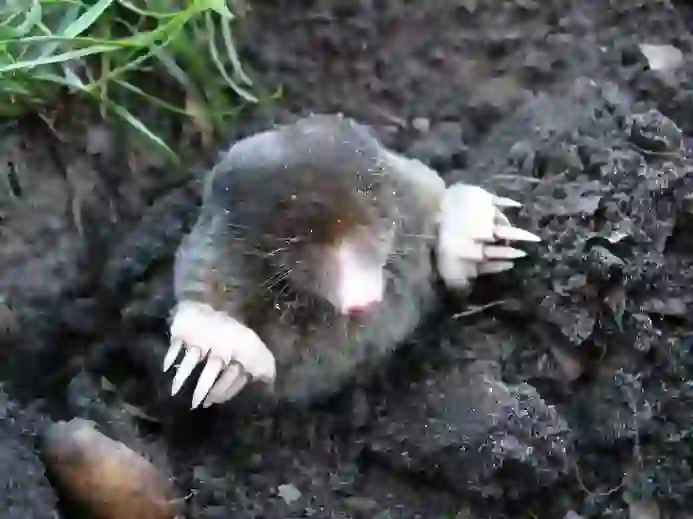
Mammalia-Eulipotyphla-Talpidae.
Length:about 12-18cm.
※However, there are large differences in types and individuals, and individuals of the same species have been confirmed to be nearly twice as different.
Moles have a cylindrical and stout body covered with body hair. Their eyes are small and round, but they are degenerated for living underground and have almost no vision. The stout body and small eyes are very cute.
Because they cannot see well, they mainly search for food by smell and hearing. In particular, their hearing is excellent, and they can capture food by sensing slight sounds or vibrations underground.
The biggest feature of moles is their large forelimbs. The five claws on their forelimbs are very large and can dig through hard ground in no time. In addition, while the palms of many animals’ forelimbs face downward, the palms of moles’ forelimbs face outward.
Moles do not form groups and live alone. Each has its own nest, and except for some species, they do not live together.
Since they spend most of their lives underground, we humans do not often see moles. However, it seems that they are not weak to sunlight. However, since the temperature and humidity do not change much underground, moles’ ability to regulate body temperature is not excellent. Therefore, it is considered that they are easy to die on the ground.
In the world, moles are distributed in Europe, Asia, North America and other places. Most of them live underground in forests or grasslands, but some species are found in rivers and lakes because they prefer water.
In Japan, moles are found throughout the country except for Hokkaido, and different species live in eastern and western Japan. The japanese mole mainly inhabits western Japan, while the small japanese mole has a territory in eastern Japan. However, in recent years, it seems that the japanese mole has been moving eastward.
It could be said that it is a great battle between the two sides of the mole world.
Mole Q&A

Where does the name moles come from?
In English, it is called "mole", but in fact, in Japanese, it is named "mogura". Why did it come to be called a mogura in Japanese this time? I will introduce the origin.
Didn't it get the name "mogura" because it first dives into the ground? It was thought to be.
※Diving is called "moguru" with Japanese.
However, recent research has shown that the verb "moguru" is a relatively new word, and "mogura" is an older word.
By the way, moles were originally called "uguromochi" and are not similar to the sound of "mogura". It is thought to have originated from the action of raising the soil, but the etymology of "mogura" itself is not well understood.

Why do moles live underground?
The main reason why moles live underground is because of the existence of food. Moles prefer earthworms and insect larvae, which are abundant underground, so there is no need to come to the surface.
By the way, although moles have strong digging power, they do not like hard soil. They inhabit river areas, farmland and pastures because they prefer moist soil. It is also believed that moles prefer such moist soil because there are many earthworms and insects.
Furthermore, another advantage for moles living underground is that environmental changes are less likely to occur. Since the humidity and temperature do not change much, they can spend the year in a similar environment.
We humans are sensitive to the heat of summer and the cold of winter, and we also struggle with high humidity. Perhaps looking at us humans like that, moles might be living comfortably.
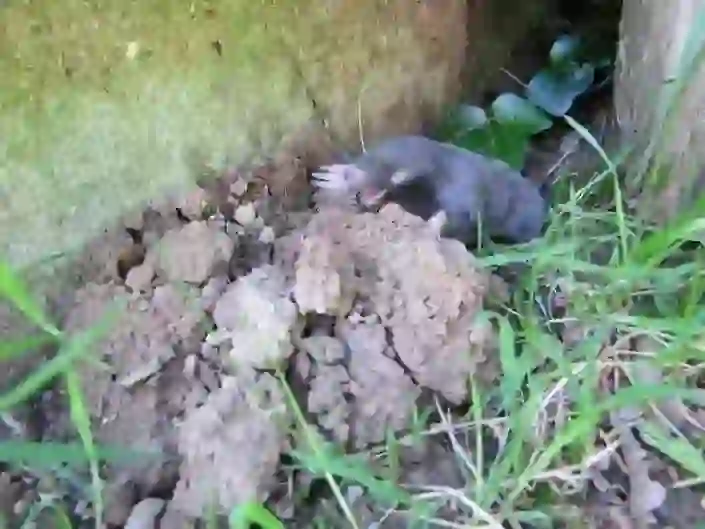
Did moles live underground from the beginning?
In fact, moles’ ancestors used to live on the ground. However, since there were many other animals on the ground, competition for food was fierce.
Moles that lost out in the competition for food gradually began to burrow underground. There are plenty of foods that moles like underground, and they don’t have to worry about predators like foxes and owls.
Moles realized that underground was a comfortable place to live. In this way, moles have evolved into animals adapted to living underground.
Nevertheless, the ingenuity of moles that thought of moving their habitat from above ground to underground even though there was no food might be something we can learn from.
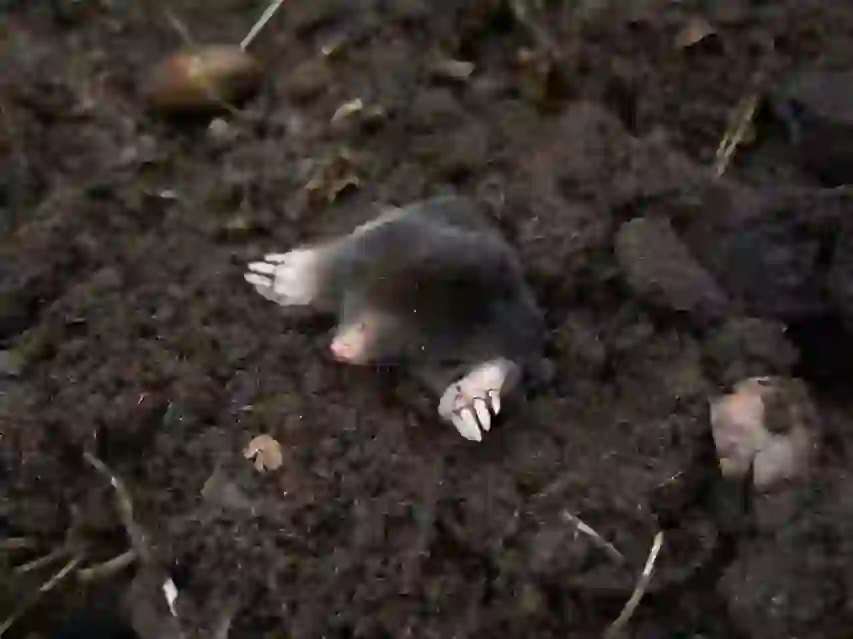
What do moles eat?
Moles mainly eat earthworms and insects to live. Depending on the species, they also eat fish and amphibians, but they hardly eat plants.
One characteristic of moles’ eating habits is that they eat a large amount of food. They either consume a lot of energy digging holes or starve to death if they don’t keep eating. If they go without food for several hours to several tens of hours, they can no longer survive.
Therefore, even in winter, they continue to search for food deep underground without hibernating.
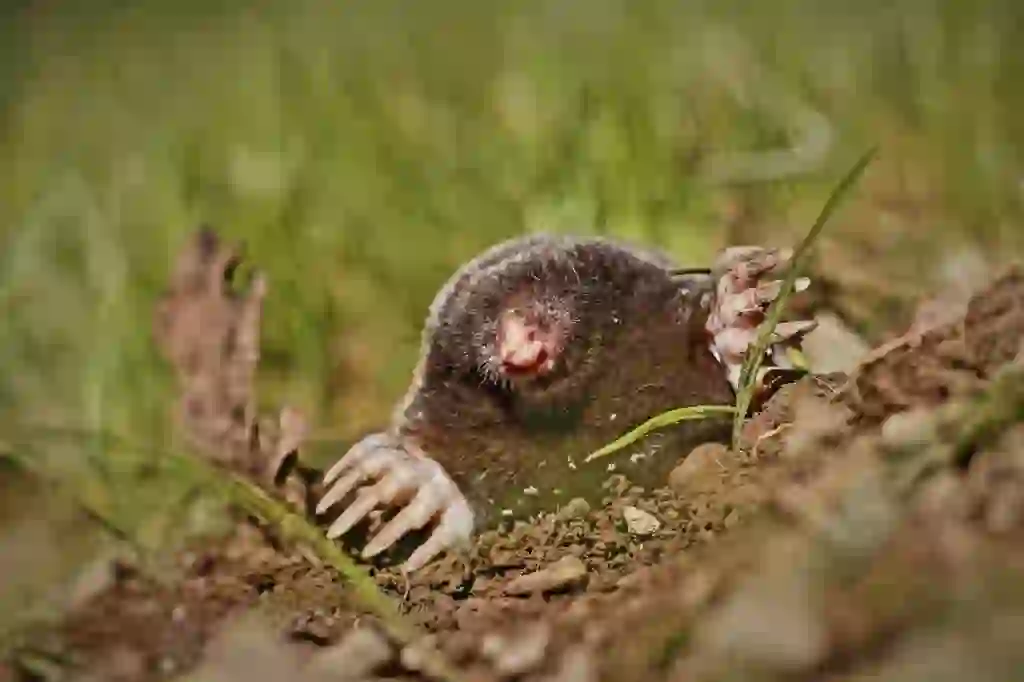
Is it true that moles are great architects?
It's true.
Many people may have an image of mole nests being dug randomly. However, in reality, they are well-structured.
Mole nests are divided into rooms and passages. Even in just the rooms, there are said to be “rooms for catching food,” “rooms for storing food,” “resting rooms,” “rooms for drinking water,” and “rooms for hiding from intruders.” They may be more like mansions than animal homes.
The passages that connect these rooms are called tunnels, which are also divided into main tunnels and branch tunnels. The main tunnels are tunnels that connect each room, while the branch tunnels are tunnels dug to catch food from the “room for catching food.
In addition to the main tunnels that are frequently used, there are also tunnels that are called branch tunnels that are hardly used once they have been used. The depth of the tunnels is approximately 30~100cm underground. In rare cases, it may be deeper than that, but in most cases it is about 30cm deep where food lives.
By the way, moles hardly ever make new nests. In fact, they live in tunnels inherited from their ancestors and live by renovating and repairing those tunnels. In other words, they are amazing builders that even carpenters would be surprised at.
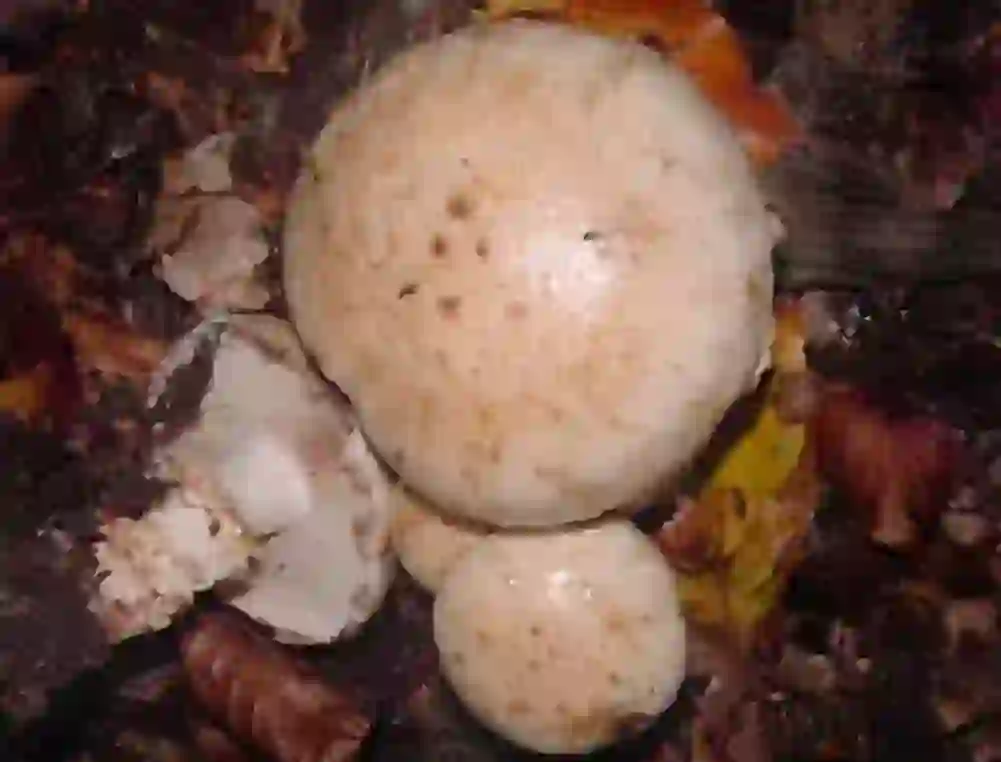
Is it true that mushrooms grow where moles live?
It's true.
Mole nests have a “toilet room,” and certain mushrooms may grow near it. Ammonia generated when mole excrement is decomposed promotes the growth of mushrooms.
There are several types of mushrooms that grow near mole nests, but among them, the Long handle cedar mushroom grows only near mole nests.
In other words, if you find Long handle cedar mushrooms, there is a high probability that there is a mole nest underground.

What are the natural enemies of moles?
There are few natural enemies of moles underground, but when they come to the surface, they are surrounded by enemies. They become prey to various animals such as snakes, birds of prey, and foxes.
Furthermore, humans are also a threat to moles. For humans, especially those engaged in agriculture, mole damage can be significant. Therefore, they are often exterminated as pests. There are now related laws in place, so they cannot be captured or exterminated indiscriminately.
While it is an unavoidable aspect that also relates to human food issues, it still makes us think about the difficulty of coexisting with wild animals.
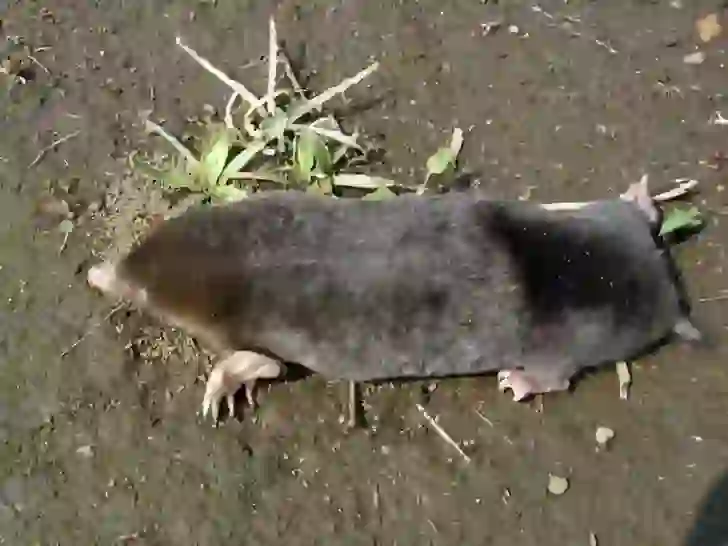
Is it true that moles are on the verge of extinction?
It's true.
The species called etigo mole that inhabits Niigata Prefecture in Japan is on the verge of extinction. The cause is not due to predators or humans, but rather because it is gradually losing its habitat to other moles .
The mole that is threatening the etigo mole is the small japanese mole. Normally, different species of moles cannot coexist in the same area.The number of etigo moles has decreased due to the invasion of small japanese moles .
However, the small japanese mole is also a victim. Originally, the small japanese mole was mainly found in eastern Japan, but the larger japanese Mole drove out the small japanese mole. The small japanese mole that was already in Kyushu is said to have become extinct.
Strong moles expand their territory more and more, and weak moles are driven to extinction. It is truly a harsh battle in nature.
Also, the number of senkaku moles that inhabit the Uotsuri Island of Senkaku Islands is decreasing. The cause here is goats brought in from outside the island. The goats have bred and destroyed the original ecosystem. Since the plants were eaten by goats, insects and earthworms have also decreased, and moles have also suffered from a lack of food.
The destruction of ecosystems is a major problem, so we humans want to start with what we can do.
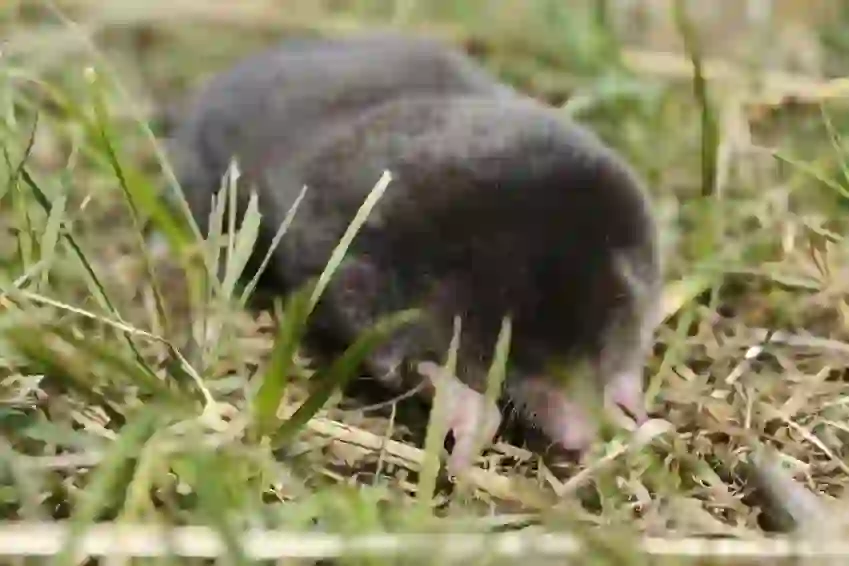
Can moles be pets?
When breeding rare animals at home, it is necessary to follow the established laws in some countries. This time, we will introduce whether it is possible to breed moles at home in Japan.
In Japan, it is prohibited by the Wildlife Protection Act to capture wild animals, including moles, and keep them as pets without permission from the local government. If capturing is absolutely necessary, permission must be obtained from the local government.
It is also prohibited to leave captured moles in the same place. Even if your garden has been damaged or if the mole is injured and weak, it is important to check with the local government before capturing it.
By the way, in the case of agricultural and forestry companies whose business is damaged by moles, it is possible to catch them without obtaining a permit.
However, etigo moles and senkaku moles, which are on the verge of extinction, seem to require permission because they are designated as rare birds and animals. However, basically, it is difficult to know the species without catching them, so I think it is a difficult problem. When capturing them, it seems better to check with the local government.

Would you like to become a part of the 'Animalbook.jp'?
Turn your knowledge into Q&A and share it with the world. ※Publication will be activated after purchase. Let's share information together!
Mole Type of List
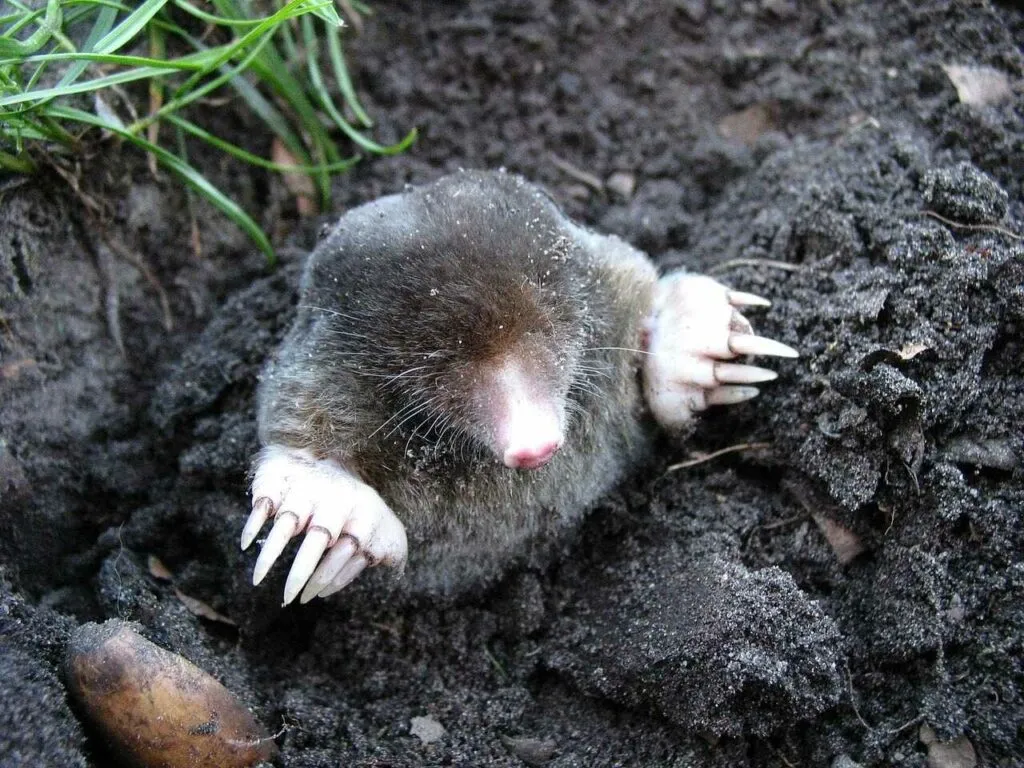
- Star-Nosed Mole
- Hairy-tailed Mole
- Eastern Mole
- Gansu Mole
- Northern Broad-Footed Mole
- Coast Mole
- Townsend's Mole
- Rossian Desman
- Pyrenean Desman
- American Shrew Mole
- Long-Tailed Mole
- Greater Chinese Mole
- Kloss's Mole
- Long-Nosed Mole
- Himalayan Mole
- Japanese Mountain Mole
- Small-Toothed Mole
- Echigo Mole
- Small Japanese Mole
- Insular Mole
- Sado Mole
- Senkaku Mole
- Japanese Mole
- White-Tailed Mole
- Short-Faced Mole
- Altai Mole
- Blind Mole
- Caucasian Mole
- European Mole
- Père David's Mole
- Levant Mole
- Spanish Mole
- Roman Mole
- Balkan Mole
- True's Shrew Mole
- Japanese Shrew-Mole
- Anderson's Shrew Mole
- Gracile Shrew Mole
- Inquisitive Shrew Mole
- Chinese Shrew Mole
Information
Congratulations! You are the first commenter!

Create Your Favorite List!
Mole
Save the animals you love! Build your own list to quickly revisit your favorites later.

Would you like to leave a comment?
※Please note: This is for the purchase of rights to post comments within the article.
Find Your Favorites!
Our shop offers a unique and attractive selection of goods themed around various animals.
Mole References

- Wikipedia https://ja.wikipedia.org/wiki/モグラ科
- 撃退百貨店 https://gekitai.kwn.ne.jp/mame/mogura.html
- マイナビ農業 https://agri.mynavi.jp/2018_12_12_51673/
- 福岡県病害虫防除所 http://www.jppn.ne.jp/fukuoka/boujyo/kaboku/5127.htm
- 夢ナビ https://yumenavi.info/lecture.aspx?GNKCD=g005758
- 学研キッズネット https://kids.gakken.co.jp/kagaku/kagaku110/science0140/
- コトバンク https://kotobank.jp/word/モグラ-142273
- いのちの博物館だより https://life-museum.azabu-u.ac.jp/topics/2020/05/post-119.html
- もぐらのトンネル生活 http://xn--z8j5ewa.biz/
- 自然のチカラ~昆虫や野生動物、植物の不思議 https://animalbattles.wealthyblogs.com/?p=10256
Mole Introduction of media used

出典:https://pixabay.com/images/id-13299/
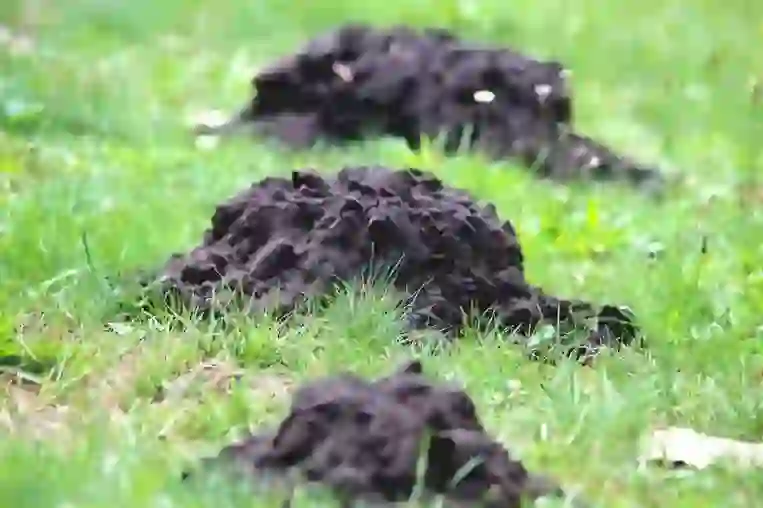
similar
出典:https://pixabay.com/images/id-3615125/

出典:https://pixabay.com/images/id-13298/

出典:https://pixabay.com/images/id-1347755/
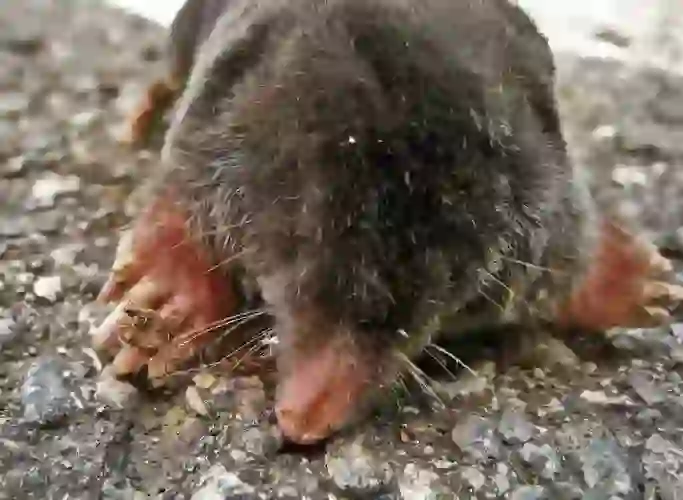
出典:https://pixabay.com/images/id-1268564/

出典:https://commons.wikimedia.org/wiki/File:Talpa_europaea_01.JPG

similar
出典:https://commons.wikimedia.org/wiki/File:03.10.2010-Hebeloma_radicosum-1.JPG
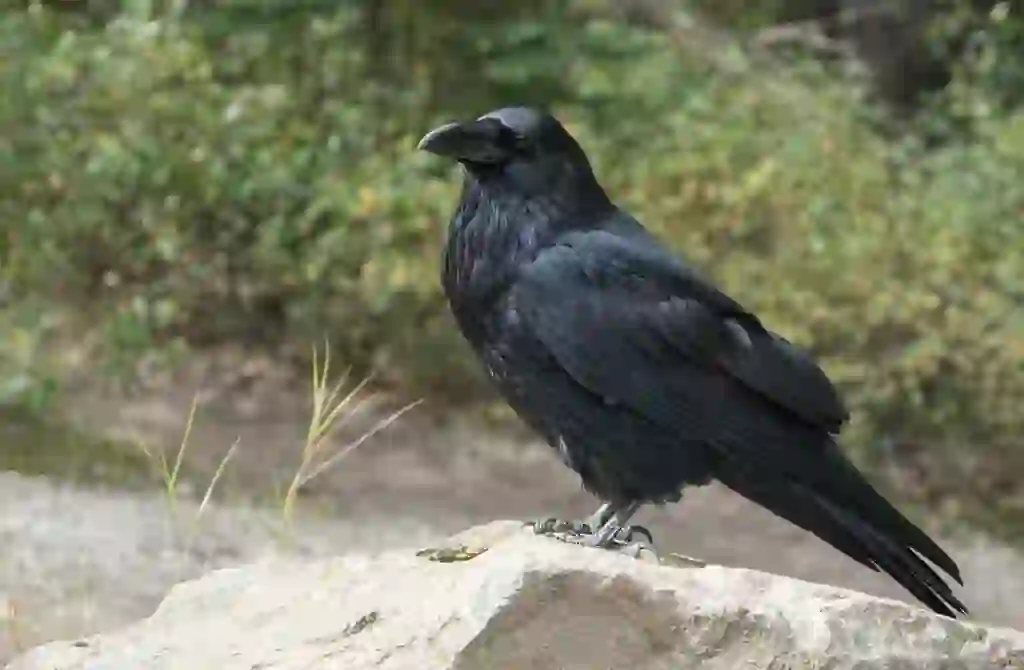
enemy
出典:https://pixabay.com/images/id-2162966/
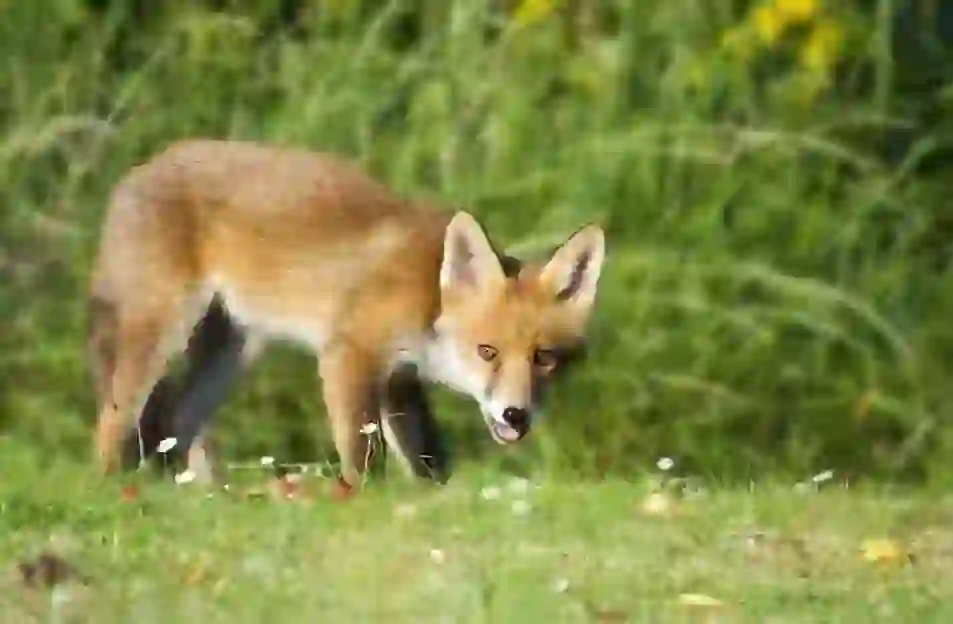
enemy
出典:https://pixabay.com/images/id-1164951/

出典:https://commons.wikimedia.org/wiki/File:Mogera_imaizumii.jpg

出典:https://pixabay.com/images/id-3551309/

Help Enrich Our Animalbook.jp with Your Media!
We are constantly looking to expand and enrich our Animalbook.jp with amazing photos and videos of animals. If you have any media that you'd like to share, please contribute and help us showcase the beauty and diversity of the animal kingdom. Your submissions will be credited and featured in our encyclopedia, reaching a wide audience of animal lovers.


















